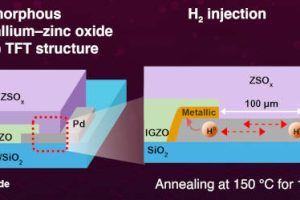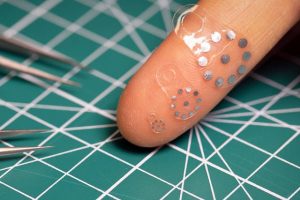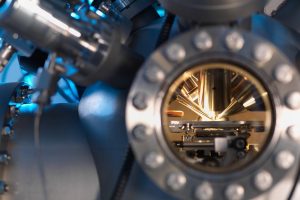
Working with p–i–n perovskite solar cells, they added dimethylammonium formate to the perovskite precursors to inhibit the oxidization of iodide ions and deprotonation of organic cations.
The cells achieved nearly 25% efficiency (1.53eV cell), and retained 90% of this efficiency after 700 hours of simulated sunlight – compared with cells made without the additive which degraded after 300 hours, according to the University of Colorado Boulder, where project data was analysed.
“It’s too early to say that they are as stable as silicon panels, but we’re on a good trajectory toward that,” said CU Professor Michael McGehee (pictured).
McGehee leads a US government-funded programme to develop stable tandem solar cells: ‘Tandems for efficient and advanced modules using ultrastable perovskites (TEAMUP). Together with researchers from three other universities, two companies and a national laboratory, the consortium received $9 million funding from the U.S. Department of Energy last year to develop stable tandem perovskites that can feasibly be used in the real world and are commercially viable. The goal is to create tandem more efficient than conventional silicon panels and equally stable over a 25-year period.
“If tandems work out well, they certainly have the potential to dominate the market and become the next generation of solar cells,” said McGehee.
In the dimethylammonium formate project, the University of Colarado worked with the University of Science and Technology of China (Hefei), the Hefei National Research Center for Physical Sciences at the Microscale, the Ningbo Institute of Materials Technology and Engineering, the Shanghai Advanced Research Institute, the Ningbo New Materials Testing and Evaluation Center and the Hefei Comprehensive National Science Center.
The work is published as ‘Inhibition of halide oxidation and deprotonation of organic cations with dimethylammonium formate for air-processed p–i–n perovskite solar cells‘ in Nature Energy.
 Electronics Weekly Electronics Design & Components Tech News
Electronics Weekly Electronics Design & Components Tech News


